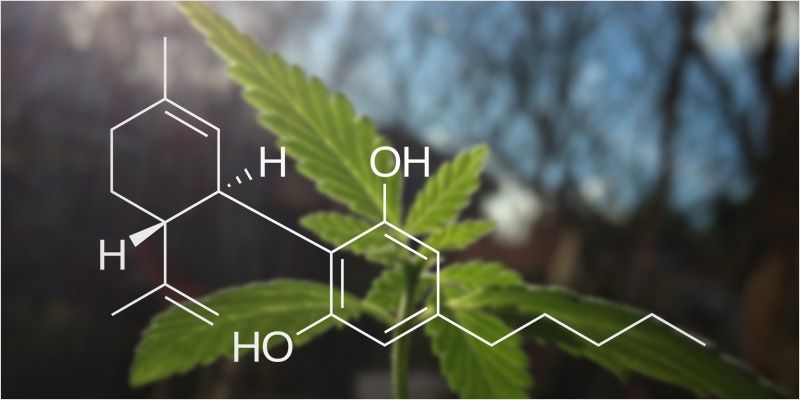As cannabis research advances, attention has shifted beyond THC and CBD to a wider spectrum of cannabinoids with unique properties. Among the most talked about is tetrahydrocannabivarin (THCV), often highlighted for its stimulating effects, along with compounds like cannabigerol (CBG), cannabinol (CBN), and others found only in trace amounts. While consumer demand for these “rare cannabinoids” is rising, cultivating plants rich in them remains one of the toughest challenges facing modern growers.
The Genetic Bottleneck
The first challenge lies in genetics. For decades, cannabis breeding has focused almost exclusively on maximizing THC or, more recently, CBD. As a result, only a handful of heirloom strains carry meaningful THCV or CBG content. THCV, for example, is most commonly linked to African landrace sativas, which are notoriously difficult to grow indoors and can take much longer to flower than commercial hybrids. Breeders attempting to stabilize these traits often encounter unpredictable results, with cannabinoid profiles shifting from one generation to the next.
Low Yields, High Effort
Another roadblock is that rare cannabinoid-rich strains typically produce lower yields. Plants bred for THCV expression often generate smaller buds, less resin, or inconsistent harvests compared to THC-dominant varieties. For commercial cultivators, dedicating resources to these crops can feel like a gamble, especially when weighed against the higher output and profitability of standard strains. Some producers have tried blending THCV-rich cultivars into hybrid crosses to balance yield and potency, but this remains a slow, resource-intensive process.
Environmental Demands
Unlike THC and CBD, which remain relatively stable across diverse growing conditions, minor cannabinoids appear to be far more sensitive to environmental factors. Light spectrum, temperature swings, humidity levels, and even subtle nutrient adjustments can shift expression levels. This means growers chasing THCV or other rare cannabinoids often find themselves fine-tuning their environments to an extreme degree, running costly trials to pinpoint what works best. Outdoor cultivators face an even steeper challenge since weather patterns, pests, and stressors can alter cannabinoid production in unpredictable ways.
The Testing Gap
Lab testing adds another layer of complexity. Until recently, many cannabis testing facilities lacked the equipment or standards to accurately measure THCV or other trace cannabinoids. Even now, discrepancies between labs can occur, leaving cultivators uncertain whether their plants are truly expressing elevated levels of the compounds they’re after. Reliable testing is critical not only for verifying results but also for guiding breeding programs, yet it remains an ongoing hurdle in the push for minor cannabinoid cultivation.
Breeding Takes Time
Perhaps the greatest challenge is simply the time it takes. Breeding programs designed to stabilize high-THCV or high-CBG genetics require multiple grow cycles, often stretching across years before a consistent strain emerges. For businesses, this long timeline means committing significant capital without a guarantee of market success. Still, those who manage to produce reliable, rare cannabinoid-rich cultivars stand to differentiate themselves in an increasingly crowded cannabis market.
The Future of Rare Cannabinoid Cultivation
Despite the obstacles, the potential rewards are pushing breeders and cultivators to persevere. Consumers and patients are increasingly curious about the unique effects of minor cannabinoids, and brands able to deliver consistent products will have a strong competitive edge. Advances in genomics, tissue culture, and targeted breeding may eventually make THCV-rich plants more accessible. Until then, cultivating cannabis for minor cannabinoids remains less of a mainstream practice and more of a specialized craft—one that demands patience, precision, and a willingness to take risks.
Recommended Read: Inside the Organic Cultivation Revolution: Techniques Top Cannabis Producers Swear By

